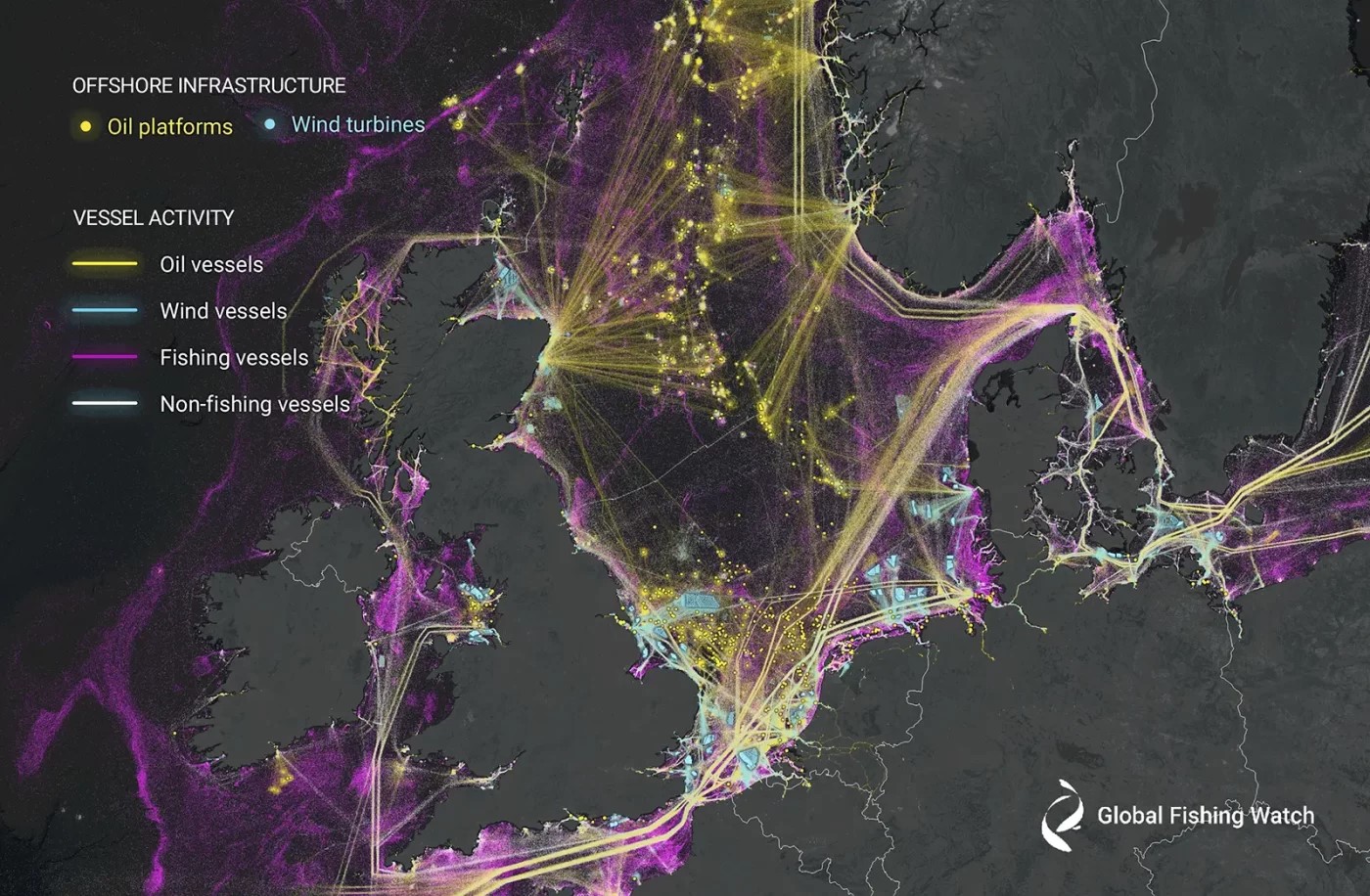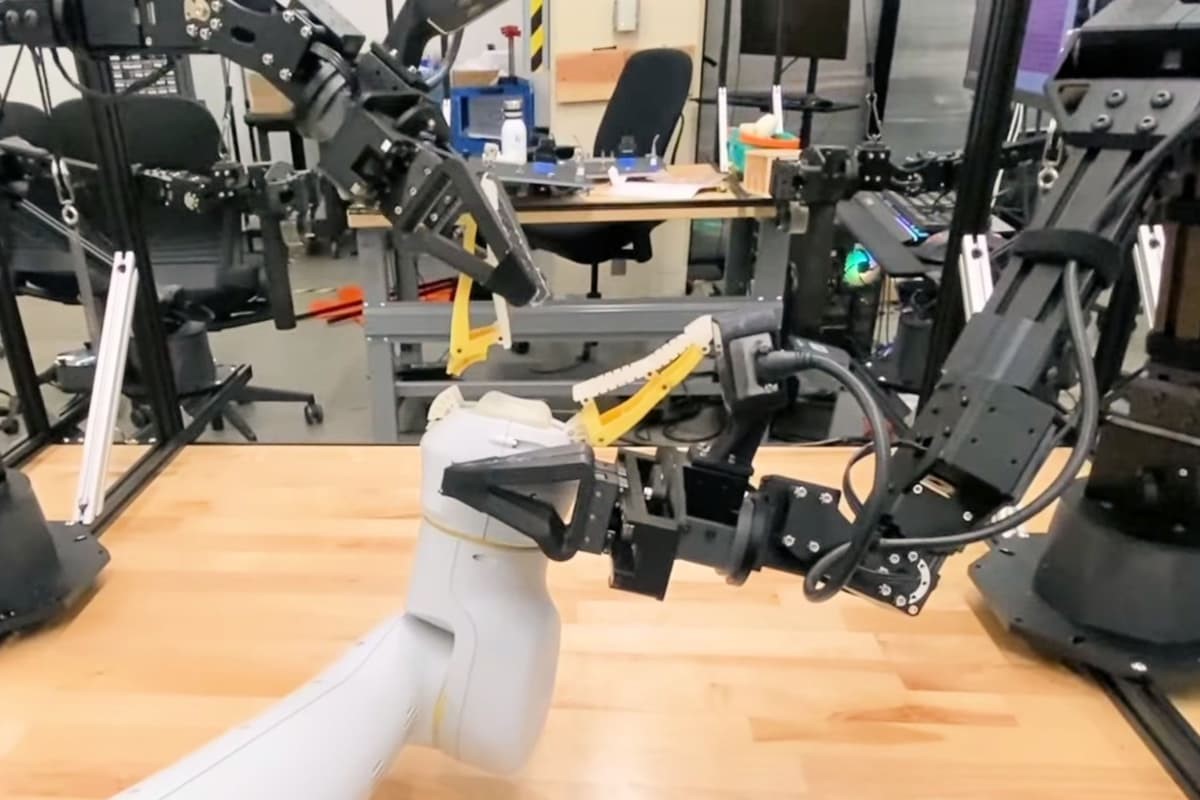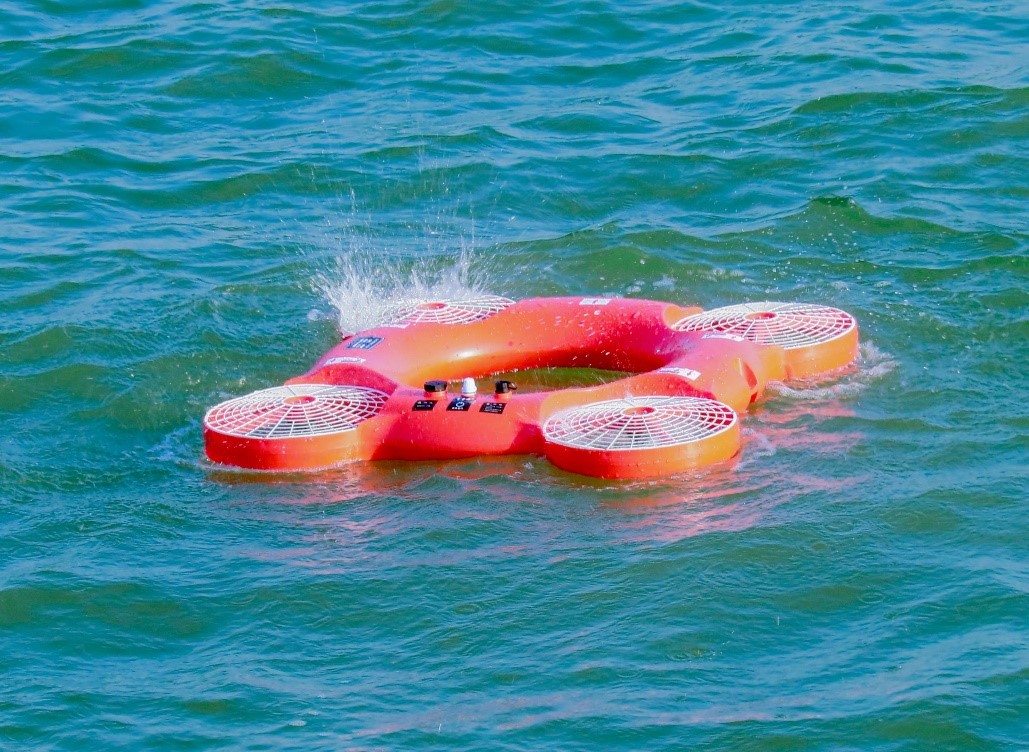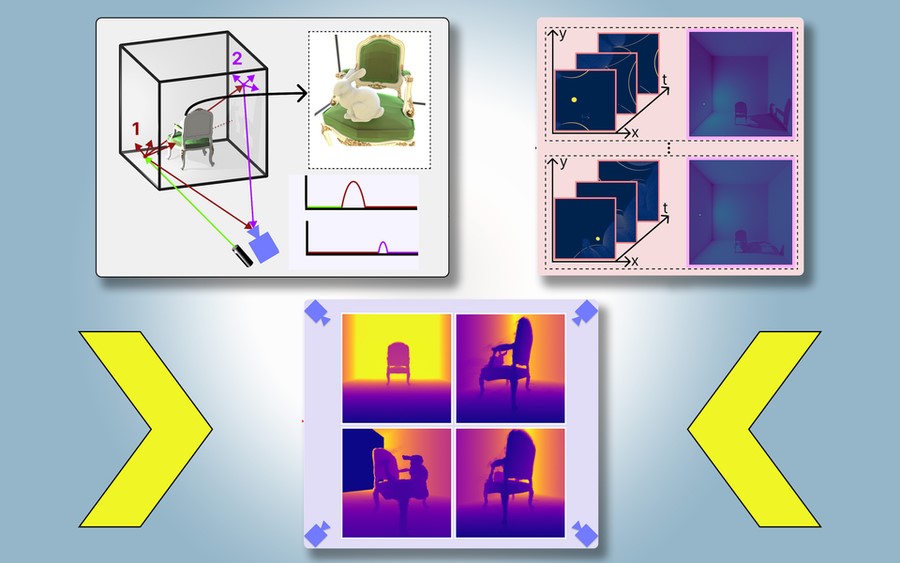AI Using Satellite Images Has Detected Ships Engaged in Smuggling Russian Oil
Artificial intelligence has the capability to analyze satellite imagery, uncovering the clandestine activities of "dark ships" involved in smuggling oil and other goods from sanctioned nations like Russia, Iran, Venezuela, and North Korea. By identifying vessels that have deactivated their identification transponders, AI can effectively track covert transfers of crude oil, facilitating enforcement of international sanctions.
Ship-to-ship transfers at sea have surged following the European Union's prohibition on the import of Russian crude oil prompted by Russia's complete invasion of Ukraine. [1] While G7 nations and their allies permit certain Russian oil transports by member countries' ship operators and insurance services, they have imposed price caps to diminish profits for Russia.

Figure 1. AI Using Satellite Images Has Detected Ships Engaged in Smuggling Russian Oil
Figure 1 show in AI Using Satellite Images Has Detected Ships Engaged in Smuggling Russian Oil. "Before the war, dark ship-to-ship transfers were rare," says Ollie Ballinger from University College London. However, the imposition of sanctions and price controls provided increased incentives for oil smugglers. Ballinger utilized AI to demonstrate this. His AI-driven analysis of satellite imagery uncovered over 400 dark ship-to-ship transfers occurring in the Kerch Strait between Ukraine and Russia from 2022 to September 2023.
"It's challenging for humans to comb through vast areas for minute details, akin to finding a needle in a haystack," explains Ballinger. "However, deep learning AI excels at precisely this task."
Ballinger initiated his investigation by identifying legitimate ship-to-ship transfers occurring in the Kerch Strait. Leveraging public Automatic Identification System (AIS) data, which mandates ships on lawful business to continuously broadcast their information, he accessed vessel identification, GPS coordinates, and additional ship details. Employing an algorithm, he flagged instances where two identifiable ships spent over 2 hours within 500 meters of each other without active movement as potential ship-to-ship transfers.
In addition, Ballinger gathered daily imagery of the Kerch Strait from Earth-imaging company Planet’s satellite constellations, capable of capturing pictures at a resolution of 3 meters per pixel. By cross-referencing known transfer locations and timings with corresponding satellite images, he compiled a dataset to train a customized AI program using the publicly available YOLO object detection model.
The fully trained AI possesses the ability to detect ship-to-ship transfers solely by analyzing satellite imagery, even when one or both vessels involved are "dark ships" that do not transmit AIS data. It can identify four distinct types of ships, including smaller general cargo or bulk carrier vessels and large oil tankers, as well as transfers involving dry cargo or liquids such as certain fuels. With the capability to search an area equivalent to 115 square kilometers per second, it successfully identifies the most relevant results 97 percent of the time. For instance, Ballinger utilized this method to monitor potential transfers involving a known Russian oil tanker, the Vladimir Monomakh, and various dark ships.
This AI-driven approach holds promise in uncovering the hidden owners behind ships in the "shadow fleet," predominantly comprised of older vessels operating without standard Western-backed insurance.[2] According to UK-based analytics company Windward, over 1400 such dark ships are regularly engaged in transporting cargo to and from sanctioned countries like Russia, Iran, Venezuela, and North Korea. Elisabeth Braw from the Atlantic Council, a think tank in Washington DC, emphasizes the potential of AI in identifying and tracking these vessels' movements, reducing the manual effort required for verification.
References:
- https://www.newscientist.com/article/2427745-ships-smuggling-russian-oil-spotted-in-satellite-images-by-ai/
- https://www.scihb.com/2024/04/ships-smuggling-russian-oil-spotted-in.html
Cite this article:
Janani R (2024), AI Using Satellite Images Has Detected Ships Engaged in Smuggling Russian Oil, AnaTechMaz, pp.392















